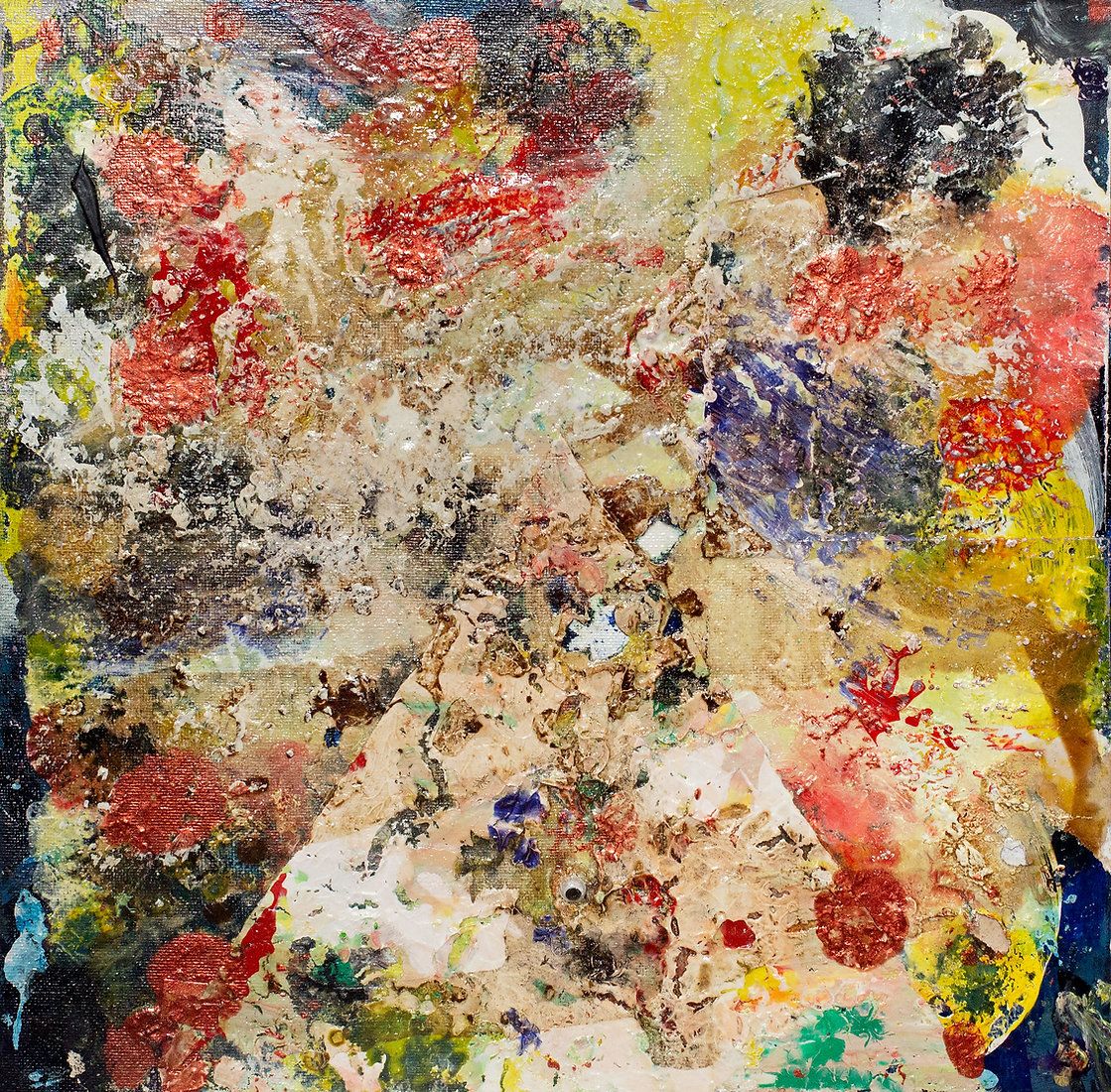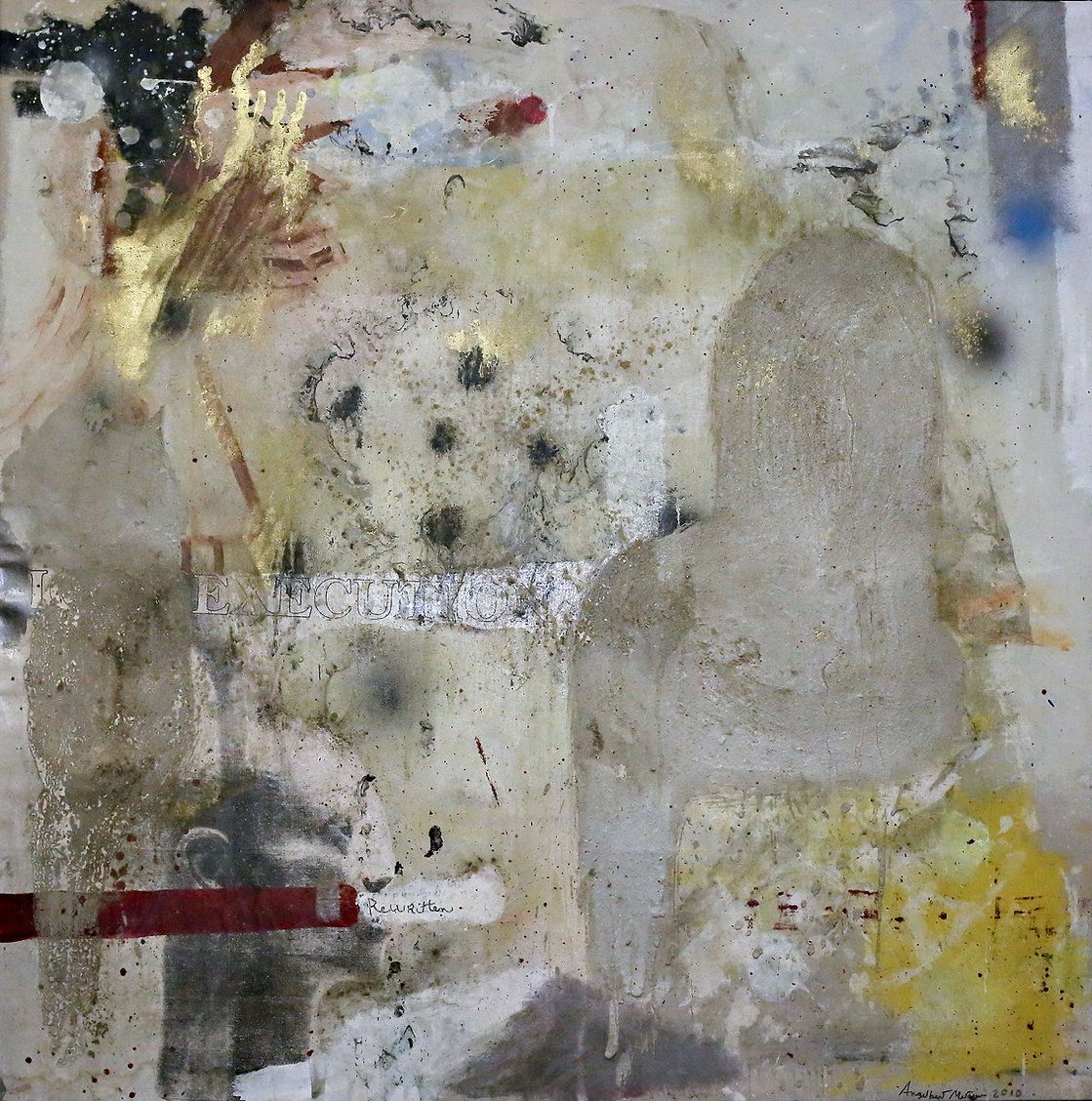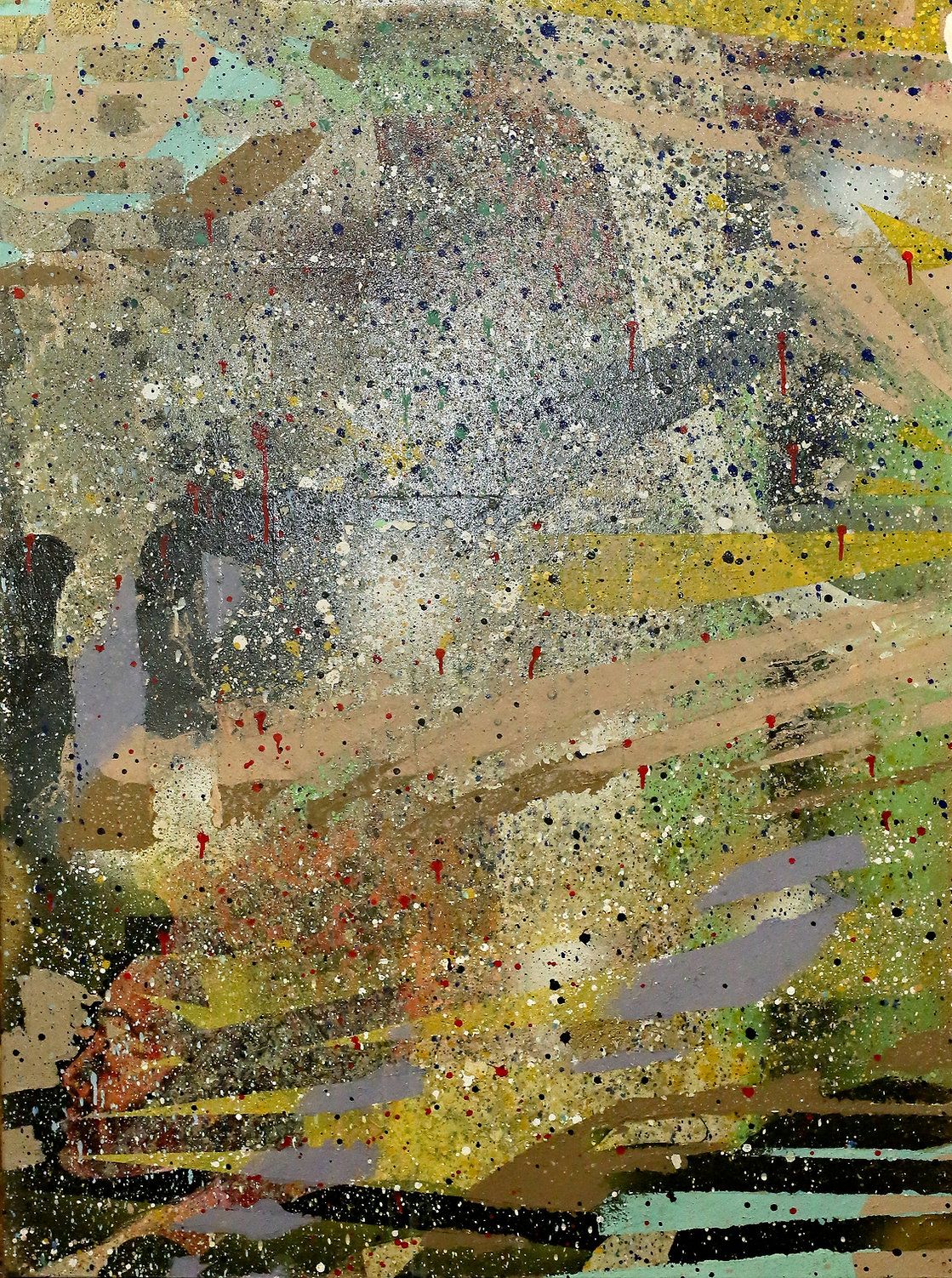
The American artist Angelbert Metoyer explores identity, mysticism and ancestral memory via a multi-disciplinary practice that utilises the likes of tar, coal and gold dust in abstract works that interweave cosmology, mythology, the past and the future in an overwhelming fugue. Working chiefly from his studio in Houston, Texas, his process has something of the shamanic ritual about it, resulting in celebrated works that evoke transcendence from the materiality of existence, and lead the viewer into a majestic sense of an eternal consciousness. His work is housed in the permanent collections of the US Department of State, the Houston Museum of Fine Art, the African American Museum of Contemporary Art in Dallas, and the Museum of Fine Arts in Leipzig, Germany, as well as a number of prestigious private collections worldwide. Next year, Metoyer is erecting two major public monuments in the United States that seek to re-balance the scales of colonialism, and exhibiting at Kravitz Contemporary in London, where his work will also grace two auctions at Sotheby’s and Phillips, respectively. In this rare interview with Culture Collective, the artist shares his thoughts on the evolution of one’s identity, the weaponisation of the black body and the importance of embracing the phenomenology of existence.
What do you think is the most interesting thing happening in American art right now?
The soul of America feels like it is crawling into the bowels of Dante‘s Inferno right now, and I definitely feel like the most interesting movements in response are coming from Black American artists, and Black is an important distinction. I don't mean ‘African American’ artists, I mean, Black American artists – artists like Sanford Biggers and Saul Williams, who are actually dealing with communicating how the Black American experience has become the universal tool for discourse for human freedom used by the entire planet.

What do you mean by that notion of a universal tool for discourse?
If you look at the literature that comes from Malcolm X, Stokely, Carmichael and Frederick Douglas, then these are people who documented how they made themselves free, and then, beyond that freedom, how they made the nation, and the world, actually view freedom. That is where these artists are also coming from, because there is still that American thing where the black body is weaponised, and it is labelled. I mean, I can't walk into a room and not see the biases of others, you know what I'm saying? If I walk into the room and you're a person that feels like black people shouldn’t be there, then I can see that on your face – even if you go, oh, that's the artist, and you change your position. The first response can't be hidden. It's similar to when people don't like certain types of people based on how they identify – it's hard to hide.
Does a sense of freedom define your work?
Well, the moral compass in my work lies in my trueness to that sense of freedom, more than the creation of images that might get me more accolades, or more sales. I mean, I’ve been aware for the last six years that all I had to do was paint black people, because in the art market collectors were buying portraits of black people again, but I have always resisted that, because I feel like the fact that I have the freedom to make whatever image I want, based on something spiritual or emotional or deeper than something I experience on the day-to-day basis is what is actually important – what I'm participating in is opening the doors and windows to something deeper.

Has it always been important to you to reach beyond representation?
I remember trying to understand all of that social projection as a younger person, and when I was about 19 years old, I made this painting where I painted myself green on one side of the canvas, and on the other side, I did another portrait of myself, but I painted myself gold. Now that I'm 40 years old, I can see that that was how I was trying to understand my identity, and put my identity into the outer space. What I was putting in front of people as the image of myself was this sense that you're not actually responding to me, you're responding to prescribed ideas. So, if you are all about money, or something, then you're responding to me as gold, you know what I'm saying? I mean, that was my way of seeing it back then, but then colour choices started to represent other things in my work. My palette is what I've kind of weaponised, and I really see my work as a form of talisman that either removes, or fills in the necessary power and energy hoped for in confidence of the viewer.

You’ve been described as a forerunner in Afro-Futurism – do you have a hopeful or utopian vision of the future?
I do think that technically we have not accomplished true technology as yet. In my opinion, true technology is about evolving the connection between us and earth – channelling feelings, communication and cultivation in terms of tending to our planet as the garden that it is, and making sure we understand that we are travelling somewhere through space. I would hope in the future that every country would be able to live within an ideal based on something as simple as agreements that a certain lifestyle will become more normal. If you are a person who believes in the future of people who can live within the waters in the oceans, then you live in one type of environment; if you were the type of person who feels that the best life of a human beings within a greenhouse then that’s a particular type of experience and environment. I think over time that these types of concepts of living will evolve into what we now understand as cities, but in the future could be understood as worlds. I envision a lot of different things for how we end up as human beings – however, genuinely being a part of the now is all about formulating a prediction that becomes a conceptual idea.
Images (Top to bottom): Venus & The Squid, 2016-2021, acrylic and enamel, charcoal, gold-dust, oil, spray paint and pigment on canvas, Angelbert Metoyer. All Untitled images courtesy of Imagination Studios, Trip Patterson Gallery and the artist.
Find out more about Angelbert Metoyer at angelbertmetoyer.com